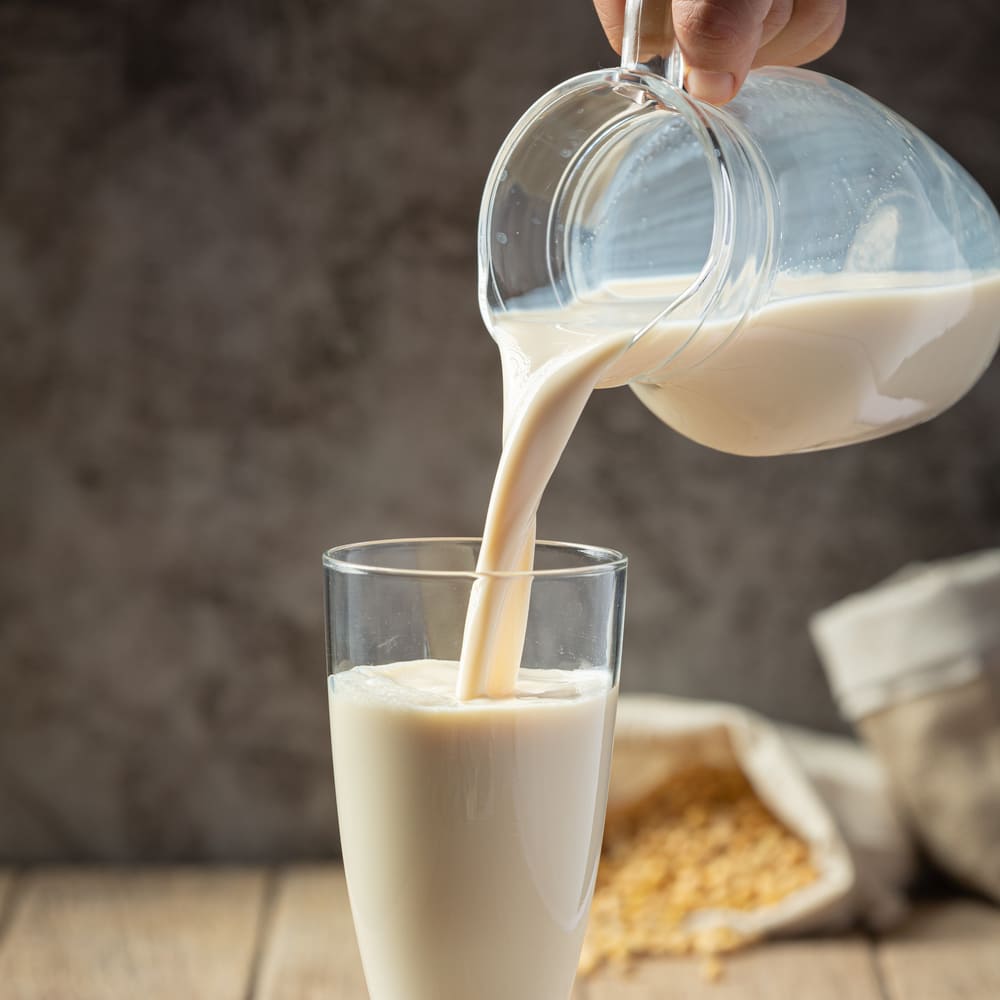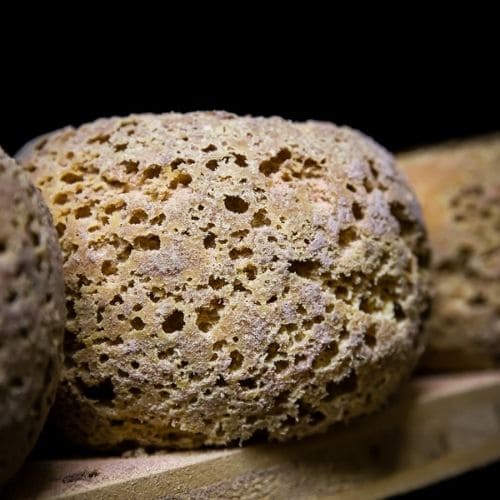Heat treatment
The making of a cheese also reveals the secrets of a terroir. There are different ways of working the milk, and different heat treatments, to suit everyone's tastes and desires.
A short glossary of milk heat treatment :
Raw milk
It must not have undergone any treatment and must not exceed 40C°. It must not have been heated in any way. Its initial flora therefore remains intact and can develop.
Milk is stored at +4°C to limit microbial multiplication. The best-before date is D+3 at 4C°. The use of raw milk is possible in cheese-making, and fortunately so, since it is above all raw milk cheeses that we defend as cheese collectors, ripeners and merchants.
thermized milk
This is raw milk heated to between 40C° and 72C°, for at least fifteen seconds. Its initial flora is considerably reduced, but not totally destroyed. Thermized milk is intended for cheese-making, but not for drinking milk.
Pasteurized milk
This process sanitizes the milk. Raw milk is heated above 72°C for 15 seconds, or any equivalent time/temperature combination. Over 90% of the initial flora is destroyed, and all pathogenic micro-organisms are eliminated.
It can also be stored at 4°C. The best-before date is D+7 at 4C°, and it is frequently used in cheese-making.
sterilized milk
Raw milk is heated to 120°C for 20 minutes or 150°C for 4 to 5 seconds. All initial flora is destroyed, and the milk becomes sterile. It should be stored at room temperature, except in the fridge after opening.
This milk is not intended for cheese-making, but for consumption. The DLUO is D+90 at room temperature and D+7 after opening.
A short glossary of physical milk treatments :
Skimming
Or make a fattier milk. To do this, we run the milk through a centrifuge to skim it, then leave it to stand for at least 24 hours so that the fat naturally rises to the surface. The aim of this technique is to make butter and add value to the milk.
Standardization
The fat content of milk varies. It is not always the same, depending on the animal (cow, goat or sheep), the breed, the weather, the region or the season. Standardization involves skimming the milk, then reinjecting it into the cream to obtain a certain fat content for future processing.
Homogenization
This is the transformation of fat globules into smaller ones using the high-pressure lamination technique. The fat globules eventually rise again after the expiry date.
Micro-filtration
This involves passing the milk through a thin membrane that retains living organisms. Previously skimmed, the cream is then pasteurized and reinjected. This is an industrial process, often used for drinking milk such as fresh milk or daisy milk.




